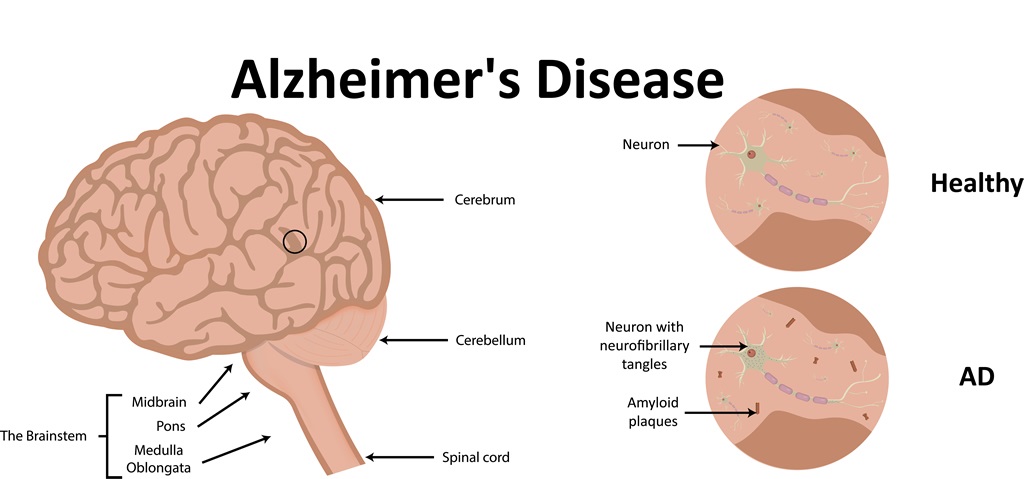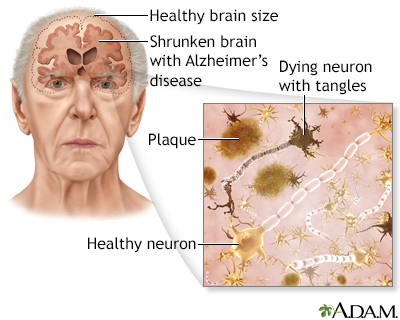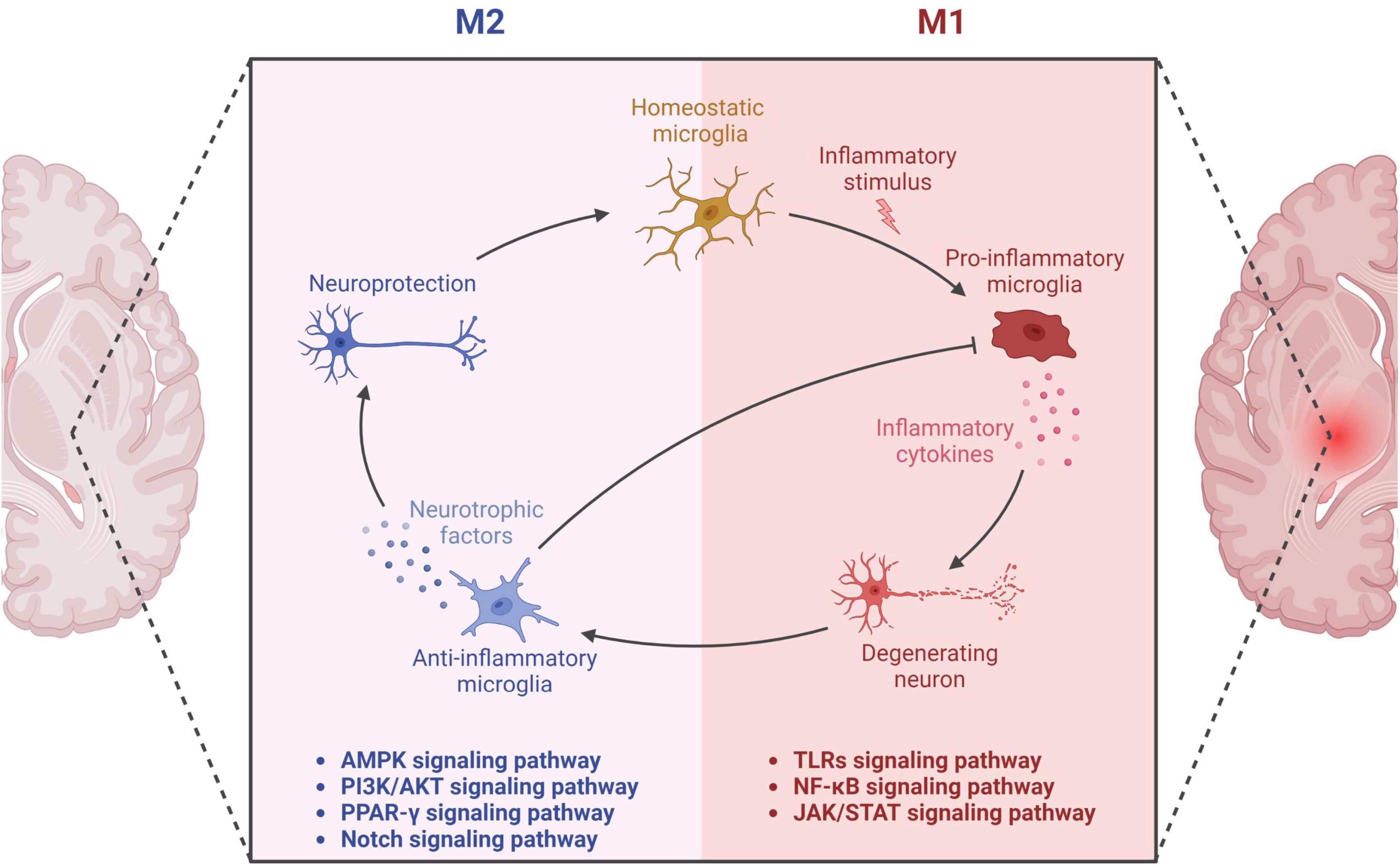
Introduction
What is Alzheimer’s disease?
Alzheimer’s disease is a progressive neurological disorder that affects cognitive function – primarily memory and thinking skills. It is the most common cause of dementia among older adults, impacting their ability to carry out daily tasks.Common symptoms of Alzheimer’s disease
Common symptoms of Alzheimer’s disease include memory loss, confusion about time or place, difficulty completing familiar tasks, challenges with problem-solving, misplacing items, and changes in mood or personality. These symptoms can worsen over time as the disease progresses, causing significant disruptions to the individual’s life and relationships.Brain Changes in Alzheimer’s Disease
Formation of beta-amyloid plaques
As Alzheimer’s disease progresses, abnormal clumps of proteins called beta-amyloid plaques begin to build up in the brain. These plaques disrupt communication between brain cells, contributing to memory loss and cognitive decline over time. The presence of beta-amyloid plaques is a hallmark characteristic of Alzheimer’s disease.Development of neurofibrillary tangles
Another key change in the brain of individuals with Alzheimer’s disease is the development of neurofibrillary tangles. These tangles are twisted fibers of tau protein that accumulate inside nerve cells, disrupting their internal support structures and ultimately leading to cell death. The formation of neurofibrillary tangles contributes to the progressive deterioration of brain function seen in Alzheimer’s disease.
Impact on Brain Cells
Neuronal damage and communication breakdown
In individuals with Alzheimer’s disease, the accumulation of beta-amyloid plaques and neurofibrillary tangles leads to significant neuronal damage. These abnormalities disrupt communication between brain cells, impacting memory and cognitive function. The progression of the disease results in a breakdown of vital networks within the brain, exacerbating the decline in neurological health.Loss of synapses and neurotransmitters
As the disease advances, the brain experiences a loss of synapses and neurotransmitters, essential for transmitting signals between neurons. This loss further impairs communication pathways, contributing to the cognitive decline characteristic of Alzheimer’s disease. The diminishing synaptic connections hinder the brain’s ability to function properly, leading to significant cognitive impairment over time.
Brain Shrinkage and Atrophy
Reduction in brain volume and size
The progression of Alzheimer’s disease often leads to brain shrinkage and atrophy, where the brain experiences a significant reduction in volume and size. This shrinkage is primarily attributed to the loss of neurons, synapses, and overall brain tissue, contributing to the deterioration of cognitive functions.Effects on memory and cognitive functions
As the brain undergoes shrinkage and atrophy, the impact on memory and cognitive functions becomes more pronounced. The reduction in brain volume directly correlates with a decline in memory retention, learning abilities, and overall cognitive functions. This deterioration is a hallmark characteristic of Alzheimer’s disease progression.
Inflammation and Oxidative Stress
Role of inflammation in Alzheimer’s disease
In Alzheimer’s disease, inflammation plays a significant role in the progression of the condition. The brain’s immune response triggers inflammation to combat harmful stimuli but can inadvertently damage healthy brain cells. This chronic inflammation contributes to the ongoing degeneration of brain tissue and further accelerates cognitive decline.Impact of oxidative stress on brain health
Oxidative stress, characterized by an imbalance between antioxidant defenses and pro-oxidants, poses a threat to brain health. In Alzheimer’s disease, excessive oxidative stress leads to damage at the cellular level, disrupting vital functions and accelerating neurodegeneration. This oxidative damage contributes to the worsening of cognitive abilities and memory retention over time.
Facebook
Twitter
LinkedIn






